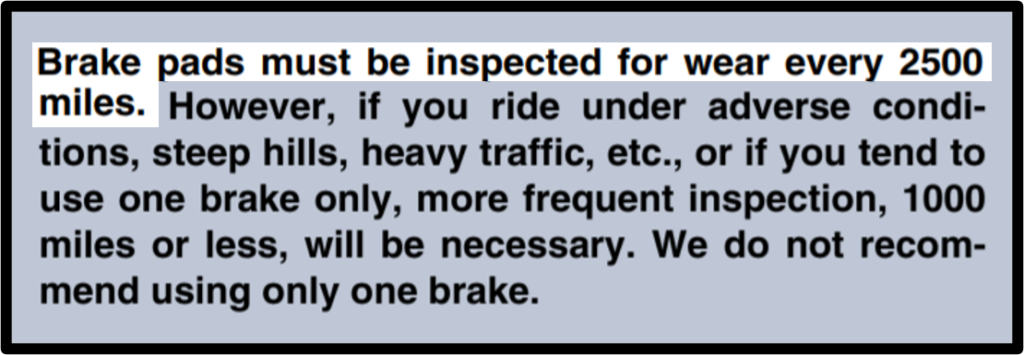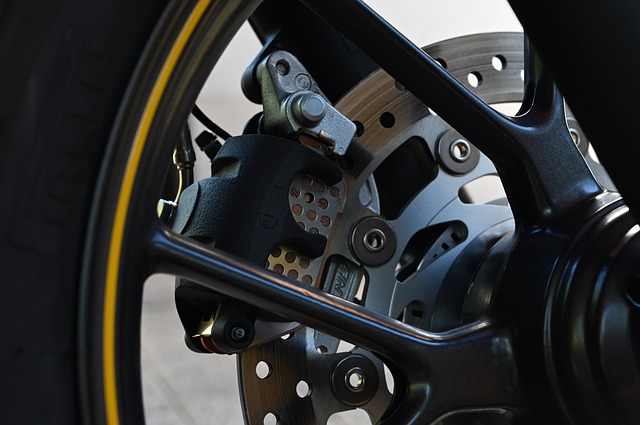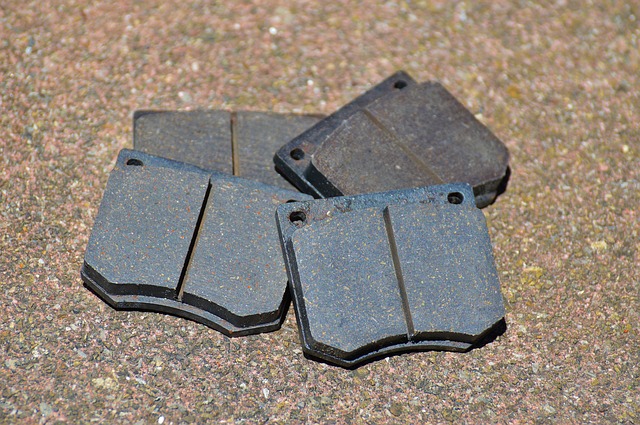Every once in a while, motorcycle brake won’t function properly despite sufficient brake fluid in it.
The most probable culprit is the worn-out brake pads. The friction material has worn out so much that it is not able to apply brakes properly.
So, when to replace brake pads in a motorcycle? Motorcycle brake pads need to be inspected every 2500 miles (4000 kilometres). If the brake pad friction material is less than 1/16 inch, the pads must be replaced immediately. On an average, brake pads last for 20,000 miles (32,000 kilometres).
Let us deep dive into how often should you inspect breaker pads, change brake pads, inspection steps, and the factors that influence the life span of brake pads.
When Should You Change The Brake Pads
The brake pads of a motorcycle should be inspected for wear every 2500 (4000 kilometers) of distance traveled.
If you service your bike around the same time, that is, every 2500 to 3000 miles, then you can ask the dealer or service shop to check the brake pads during every servicing.
Here is what a Harley Davidson owner manual says on brake pads.

If you ride under adverse conditions, steep hills, heavy traffic etc., consider inspecting the brake pads every 1000 miles.
The brake pads must be replaced whenever the thickness the of the friction material is less than 1/16th of an inch, i.e., 0.07 inch (1.5mm).

Few motorcycles have wear indicators. If your bike has the wear indicators, then inspecting the brake pads is much easier. You don’t have to measure the friction material thickness.
All you need to do is check the wear indicators against the brake pad material and that will give you the indication whether or not to replace the brake pads.
Average Life of Motorcycle Brake Pads
The brake pads of a motorcycle have an average life span of 20,000 miles (32,000 kilometers).
The life expectancy of the brake pads varies depending on the type and model of the motorcycle, riding conditions, brake pad material, and the rider’s braking habits.
For my motorcycle, I have changed the brake pads twice in the last 42,000 miles I have traveled. I inspect the brake pads regularly and during every bike servicing. The replacement was done when the pads had worn down completely.
So, the average life span of 20,000 miles was true for my motorcycle brake pads.
However, it might vary depending on various other factors and riding parameters. It is best to frequently check for wear on the friction material of the brake pads.
Factors Influencing Brake Pads Wear
As discussed in the previous section, the life expectancy of the brake pads varies depending on different parameters.
These varying factors that influence the brake pads wear include – type and model of the motorcycle, riding conditions, brake pad material, and the rider’s braking habits.
Motorcycle Type And Model
Different motorcycle types and models will have different sizes and weights.
Large and heavy motorcycles when running at high speeds, require more braking power and as a result, the brake pads wear down faster when compared light and smaller bikes.
Similarly, higher cc engines and sports bikes have their brake pads wear out faster than that of lower cc and standard motorcycles.
The size, weight, engine cc, speeding – all these features of a motorcycle have an impact on the brake pads and hence their replacement.
Riding Conditions
The riding climate, place and conditions of the motorcycle matters as well when it comes to brake pads wearing and their life span.
If you are travelling in busy roads, where traffic is high, you will be applying brakes much more frequently. As a result, the brake pads life can be much shorter.
On the other hand, if you ride your bike in suburbs with hardly any traffic and good roads, not much brakes might be necessary. The brake pads will last much longer.
Brake Pad Material
The brake pad material, the quality and their hardness will matter a lot in deciding their life span.
The brake pad material – be it organic or sintered – should have sufficient hardness to apply brakes smoothly and should not wear down easily.
A poor quality material will wear down quickly and might have to be replaced much more frequently.
Rider’s Braking Habits
Lastly, the braking habits of the bike rider will also affect the brake pads longevity.
If you are rider who speeds up fast and then applies brakes to even cover a short distance, sorry to say, those brake pads won’t last long.
On the other hand, if you drive the bike without too much of unnecessary braking, the wearing down of the friction material will be much slower. And as a result, the brake pads will last longer.

Similarly, if you use the front brakes all the time, the front brake pads will wear down much faster and has to be replaced. And if you are someone who relies on rear brake more, the rear pads will have shorter lifespan.
It is not necessary to replace the front and rear brake pads at the same time.
However, within these brake pads, you must replace both the right and left pads simultaneously.
Inspecting The Brake Pads
The condition of the brake pads should be checked and inspected for every 2500 miles or during every motorcycle servicing.
The brake pads should be examined for wear and the pads need to be replaced if a brake pad is worn out too much.
To start the inspection, check the front brake pads first. The front brake pads should be examined from below the brake caliper.
Few motorcycle models have wear indicators that will provide an indication if the wear is high and should be replaced.
However, not all motorcycles have wear indicators in them.
To check, the extent of wear, measure the thickness of the brake pad friction material. If the thickness is less than 1/16th of an inch, i.e., less than 0.07 inch, you must replace the brake pads.
Once you have inspected the front brake pads, repeat the same procedure for the rear brake pads.
Rear brake pads should be examined from the rear right of the motorcycle.
Check them against the wear indicator if your bike has wear indicators. Else, measure the thickness of the friction material.
Again, apply the same rule. If the thickness is less than 1/16 inch or 0.07 inch (1.5mm), you need to replace the brake pads.
An important aspect to keep in mind is – always replace both the right and left brake pads simultaneously.
Related Questions
How often should you change your motorcycle brake fluid? The thumb rule for changing brake fluid in a motorcycle is every 2 years. This is because brake fluid absorbs water and moisture overtime and also deteriorates in quality due to the heat generated in the braking system, as time passes by.
What to do when motorcycle brakes lock up? Firstly, check up on master cylinder reservoir, brake lever, brake fluid and the caliper. Next, if brake fluid is old, replace it with a new one. Adjust the brake lever to provide enough free play. Remove the excess fluid in the caliper, if any. And finally, clean the holes of master cylinder reservoir if they are clogged up.
